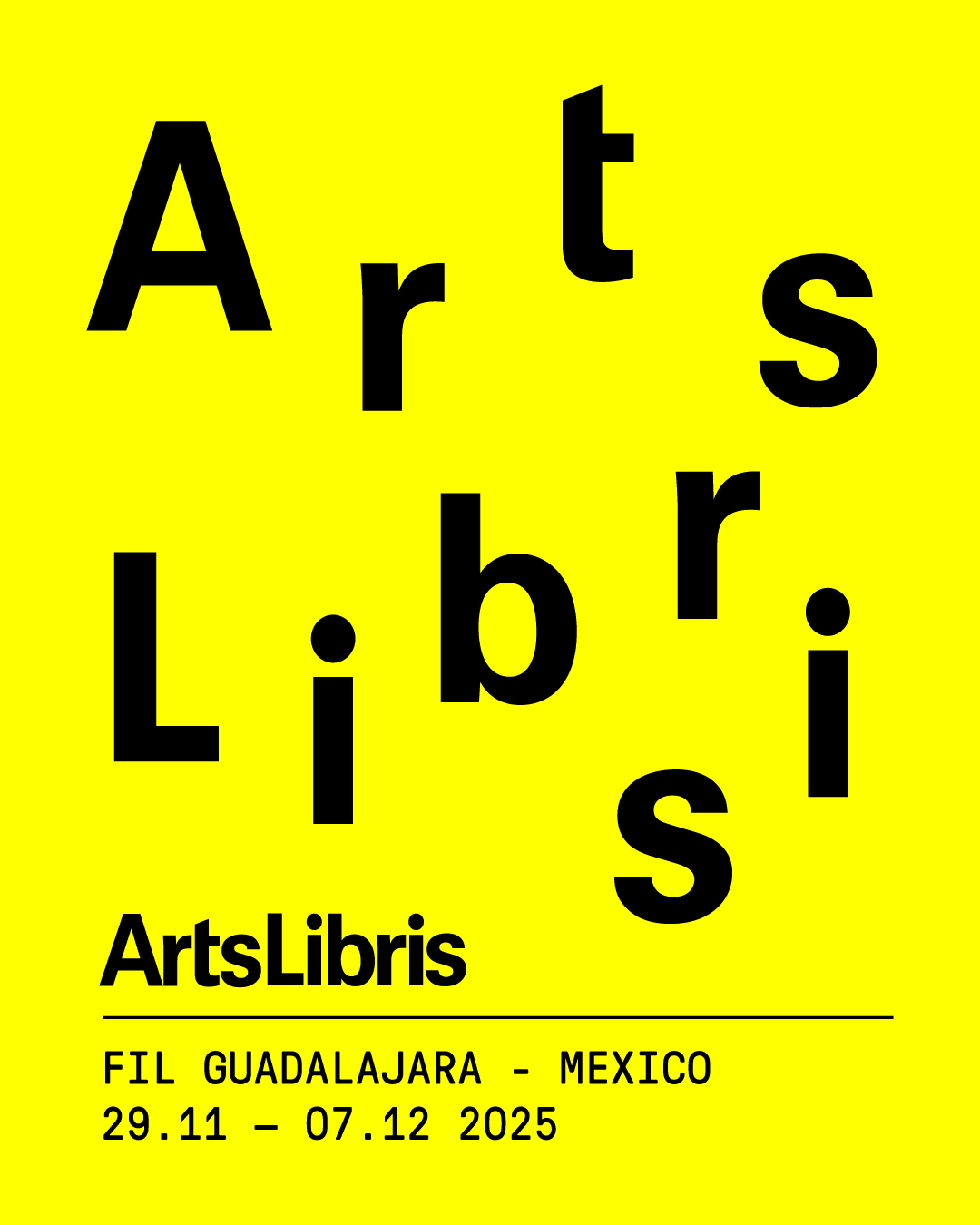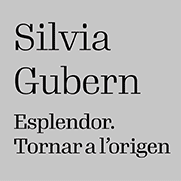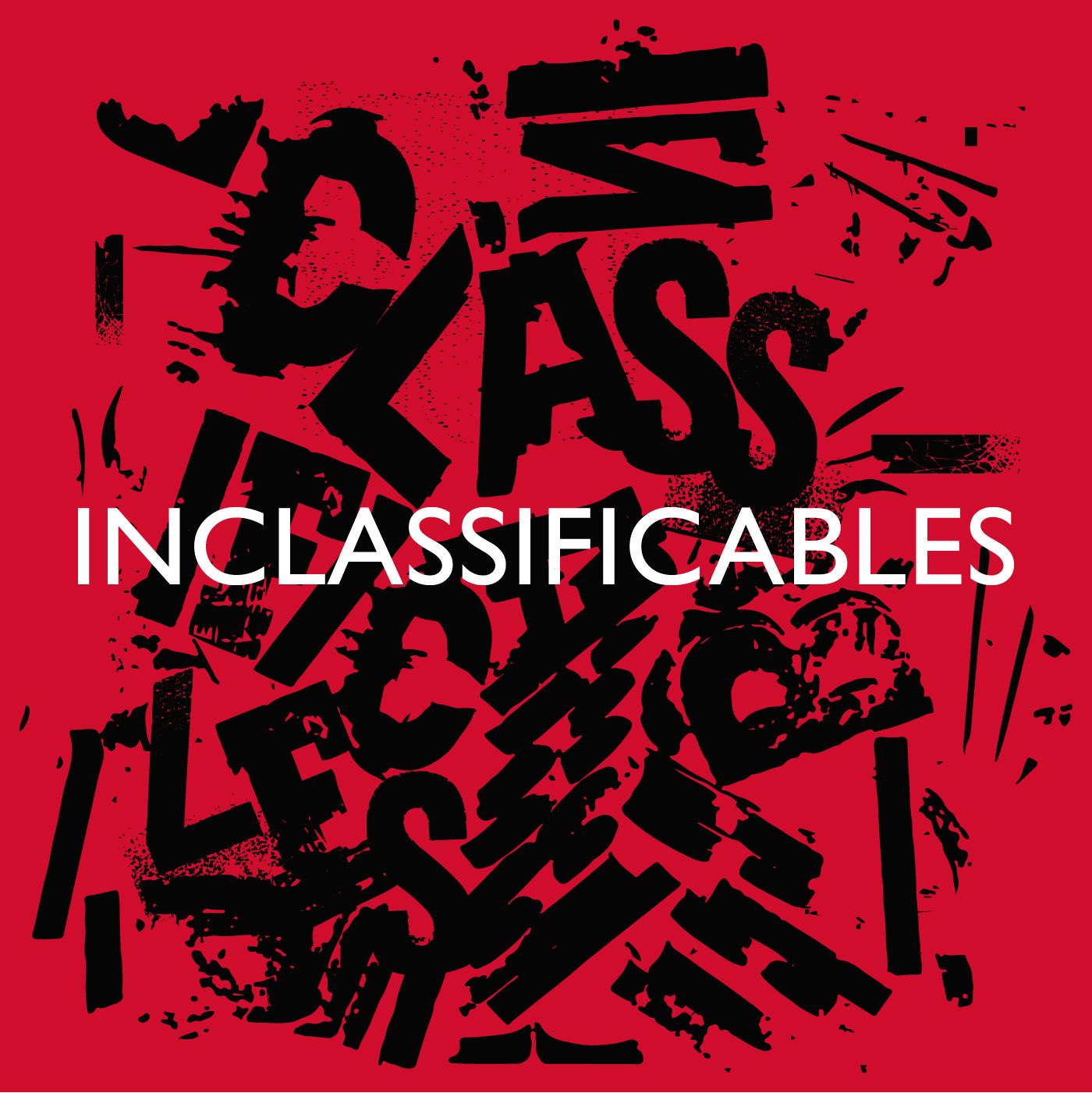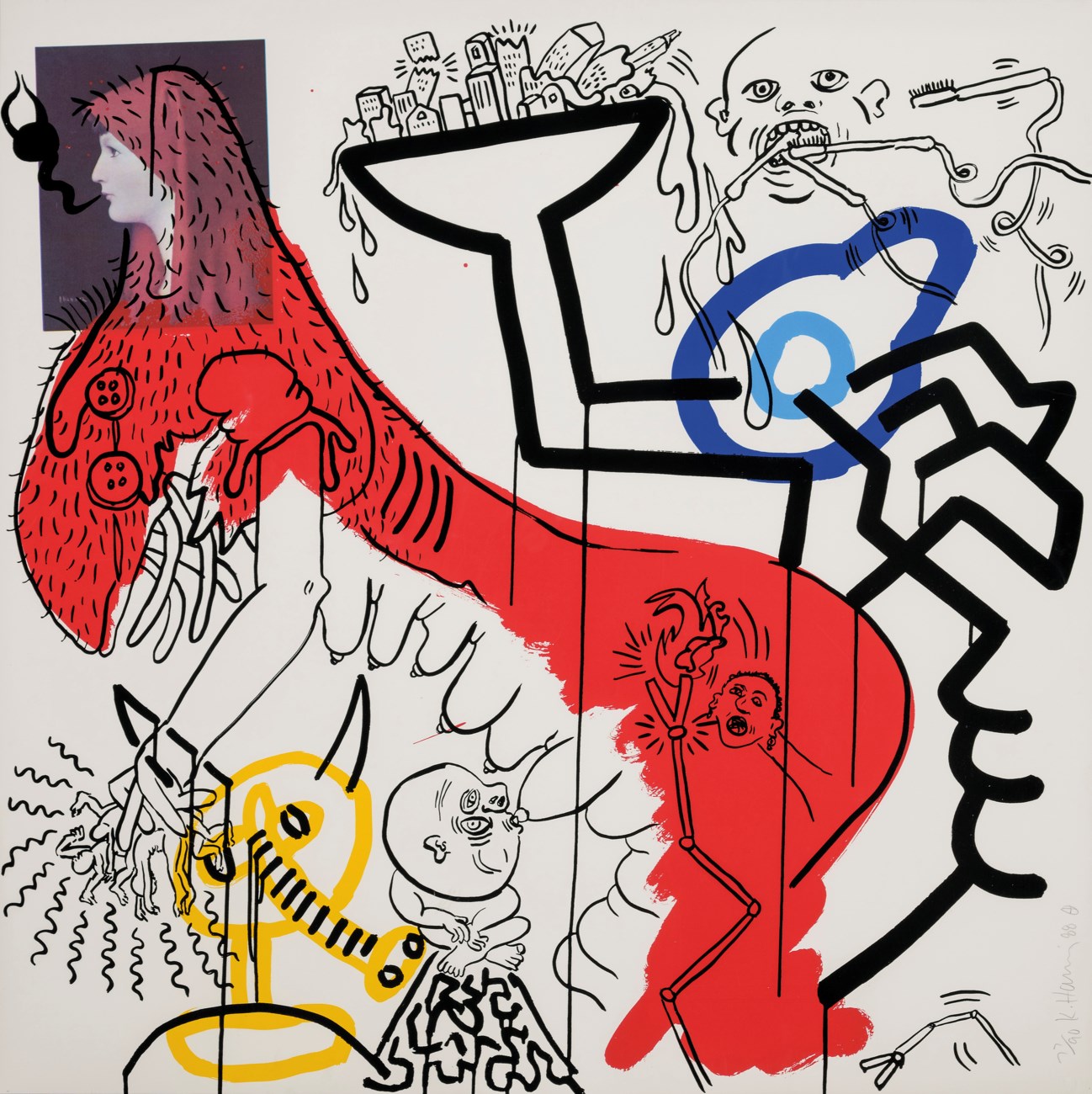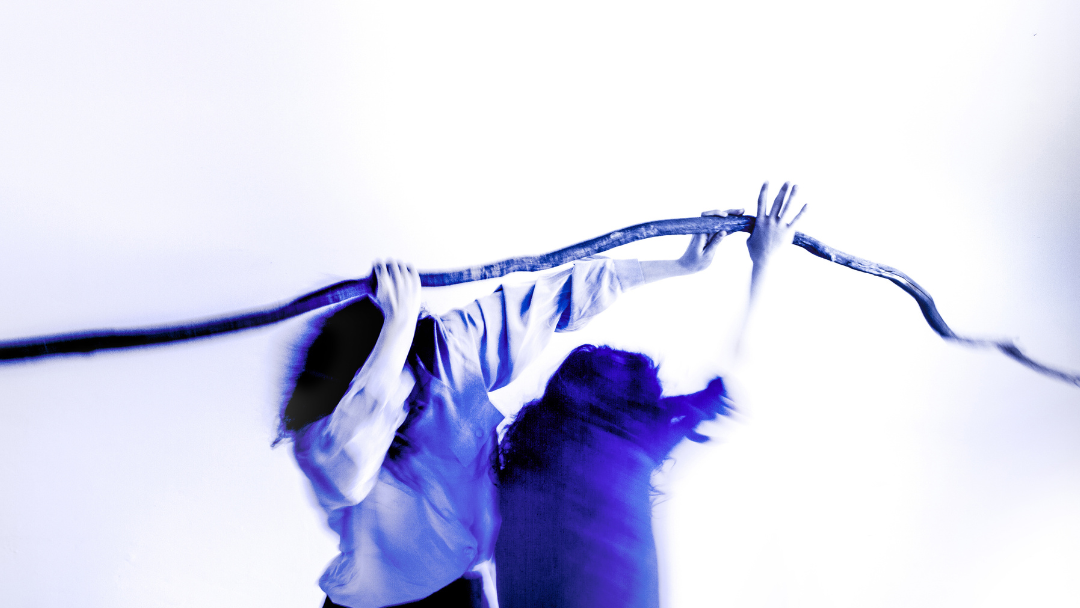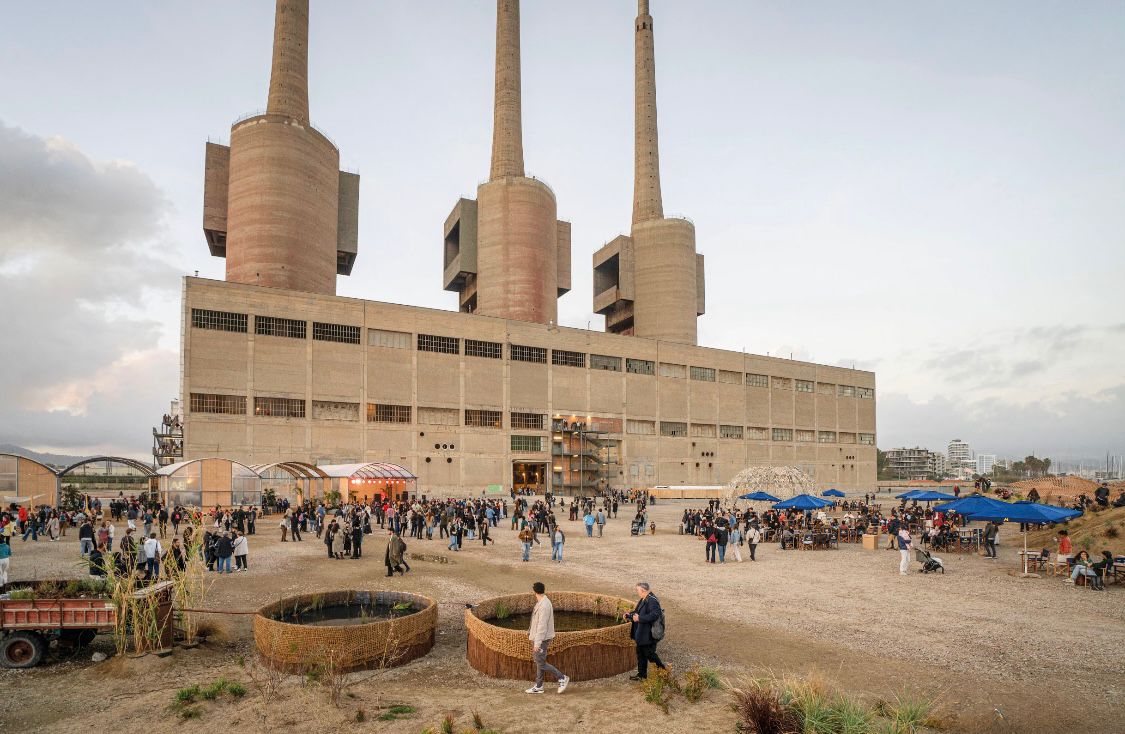Exhibitions
Pere Noguera: actions, footprints, lands, images and drifts
Five decades of experimentation and artistic action gathered in the spaces of Bòlit.
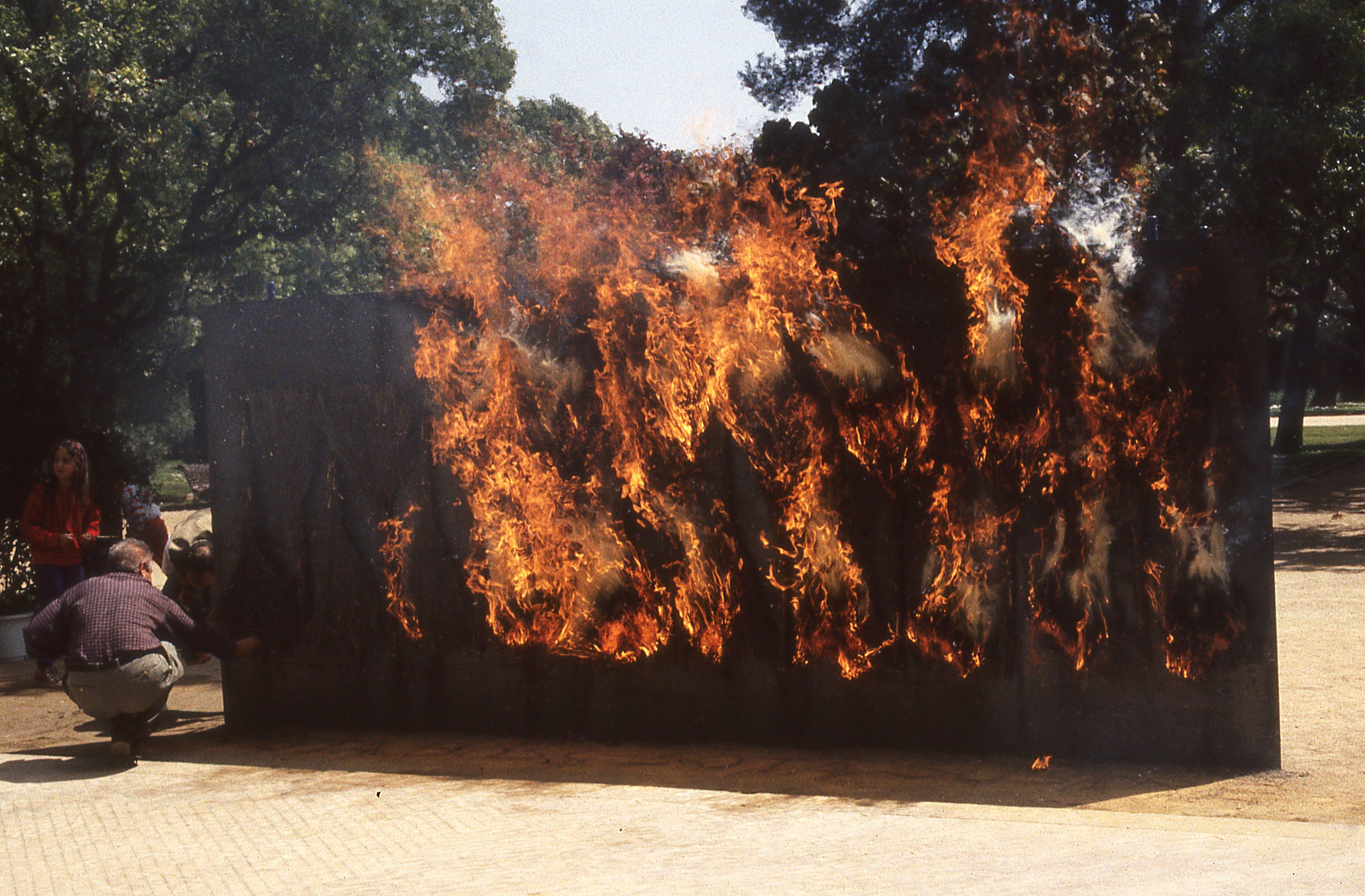
Over more than five decades, Pere Noguera (la Bisbal d'Empordà, 1941) has built an artistic career that defies clear classifications. His constant interest in action, processes and humble materials has defined a very unique way of working, always rooted in a specific environment but open to international resonances. Now, the Bòlit is dedicating an exhibition to him that includes a good part of this journey, with a focus on the performative aspect of his work.
Titled Pere Noguera: Actions, footprints, lands, images and drifts, the exhibition is divided between three spaces: Bòlit_La Rambla, Bòlit_StNicolau and the La Mercè Cultural Centre. Curated by Manuel Guerrero Brullet and open to the public until the end of September, the proposal gives visibility to a remarkable set of actions carried out by Noguera from the seventies to the present day, as well as new pieces and key works from his career.
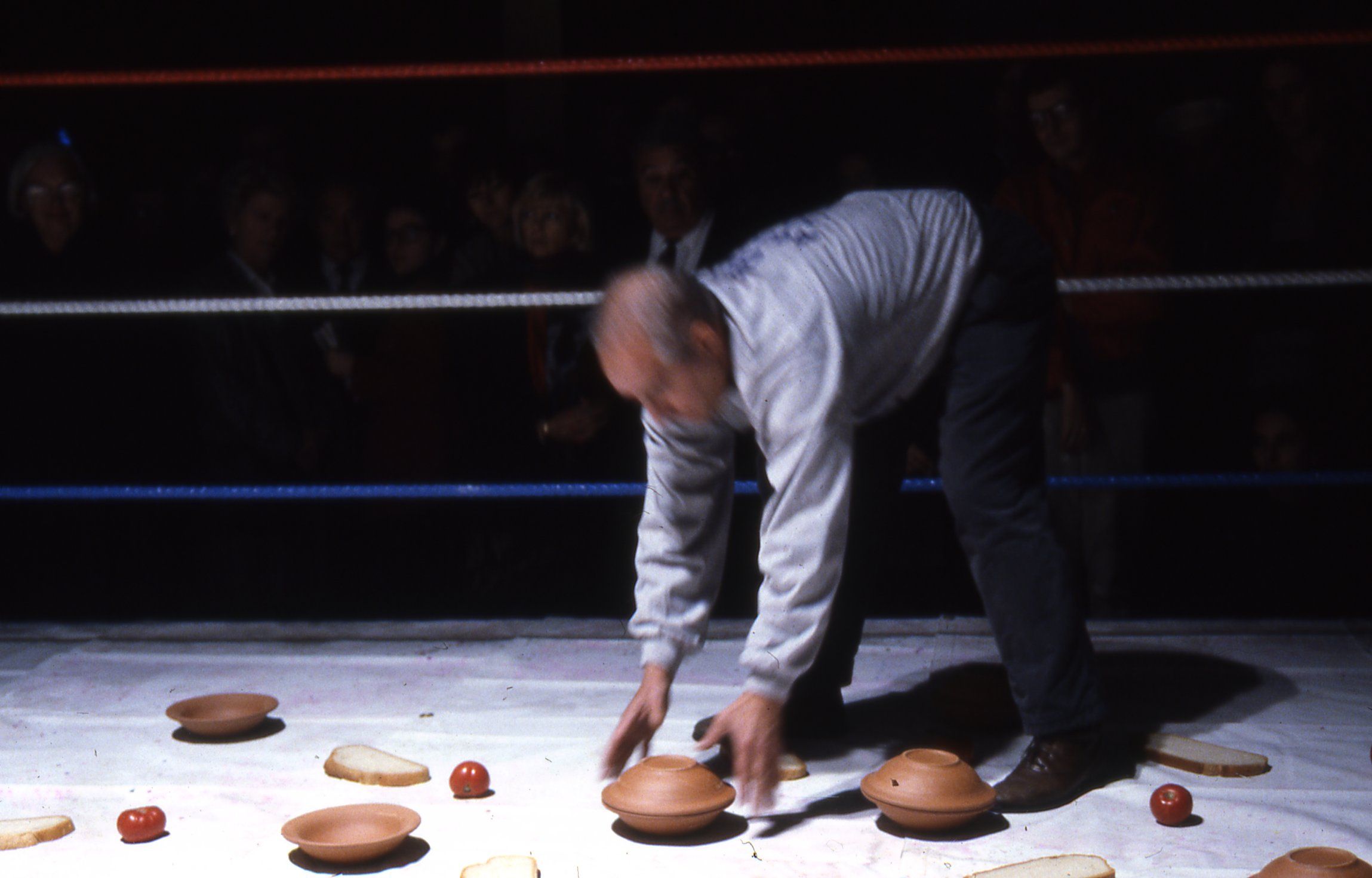 La llum no ocupa lloc, Pere Noguera (1992)
La llum no ocupa lloc, Pere Noguera (1992)
Those who know Noguera's work know that his path begins in La Bisbal d'Empordà, with an initial training in sculpture at the Escola Massana and a first decisive contact with Eudald Serra. But soon his practice expands, connecting with conceptualism, arte povera and installation. The result is a work that combines experimentation with a very close look at local reality, often marked by the use of everyday materials and the desire to re-signify them. Mud, paper, found objects, photographic copies or archival documents become regular components of his work.
The actions presented at Bòlit_La Rambla bear witness to this interest in gesture, in chance, in the passage of time and in the link with space. There are proposals such as H2O (1981), Esporgar (1987) or Observar el Daró (1996) that show how the artist incorporates natural materials or elements of the landscape in the process. The “enfangada”, one of his most celebrated and unique techniques, consists of covering objects with mud which, when dried, unifies the surface of all the elements of the installation. Also noteworthy is Memòria monocroma (2011–2025), a mural made from photocopies that collects more than fifty years of practice, or his legendary muddy photocopier, a piece from the seventies.
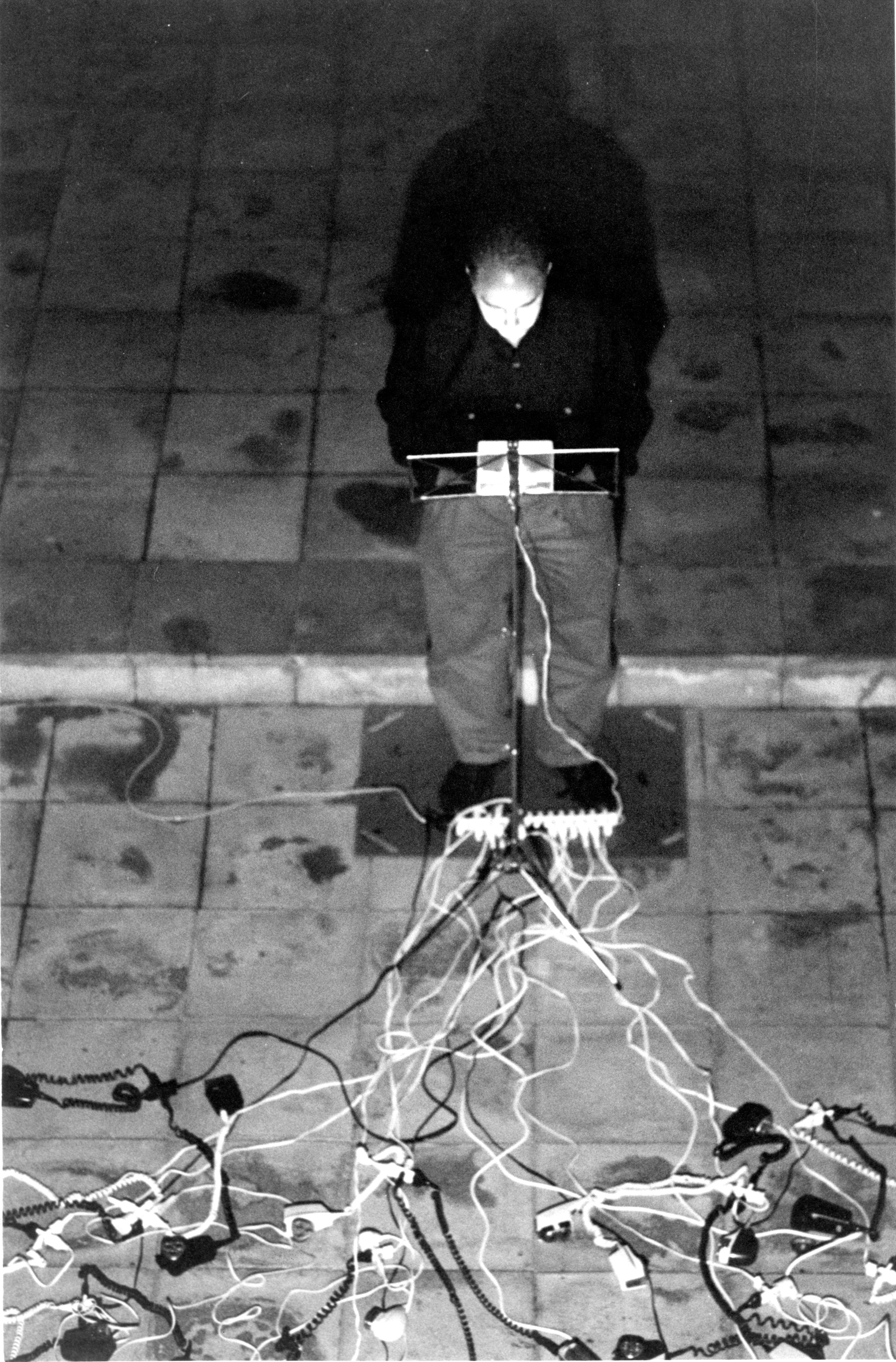 Esporgar, Pere Noguera (1987)
Esporgar, Pere Noguera (1987)
In Bòlit_StNicolau , the tour continues with installations such as Tetrabrics (1994), a work located in the apse and formed by open cardboard boxes. Inside each container, a postcard-sized image has been glued onto silver paper, from press clippings, photographs, fragments of magazines or reproductions of works of art that have captured the artist's interest. The set, formed by 560 images, functions as a large contemporary altarpiece, a mosaic of everyday and recognizable images that replace the traditional iconography of the apse. Also presented is Preservaçao de viagem (1992), a large-format work conceived following a trip to the Amazon. In that context, the artist collected and intervened in several objects found in situ, during a large collective exhibition organized on the occasion of the II World Conference on Environment and Development.
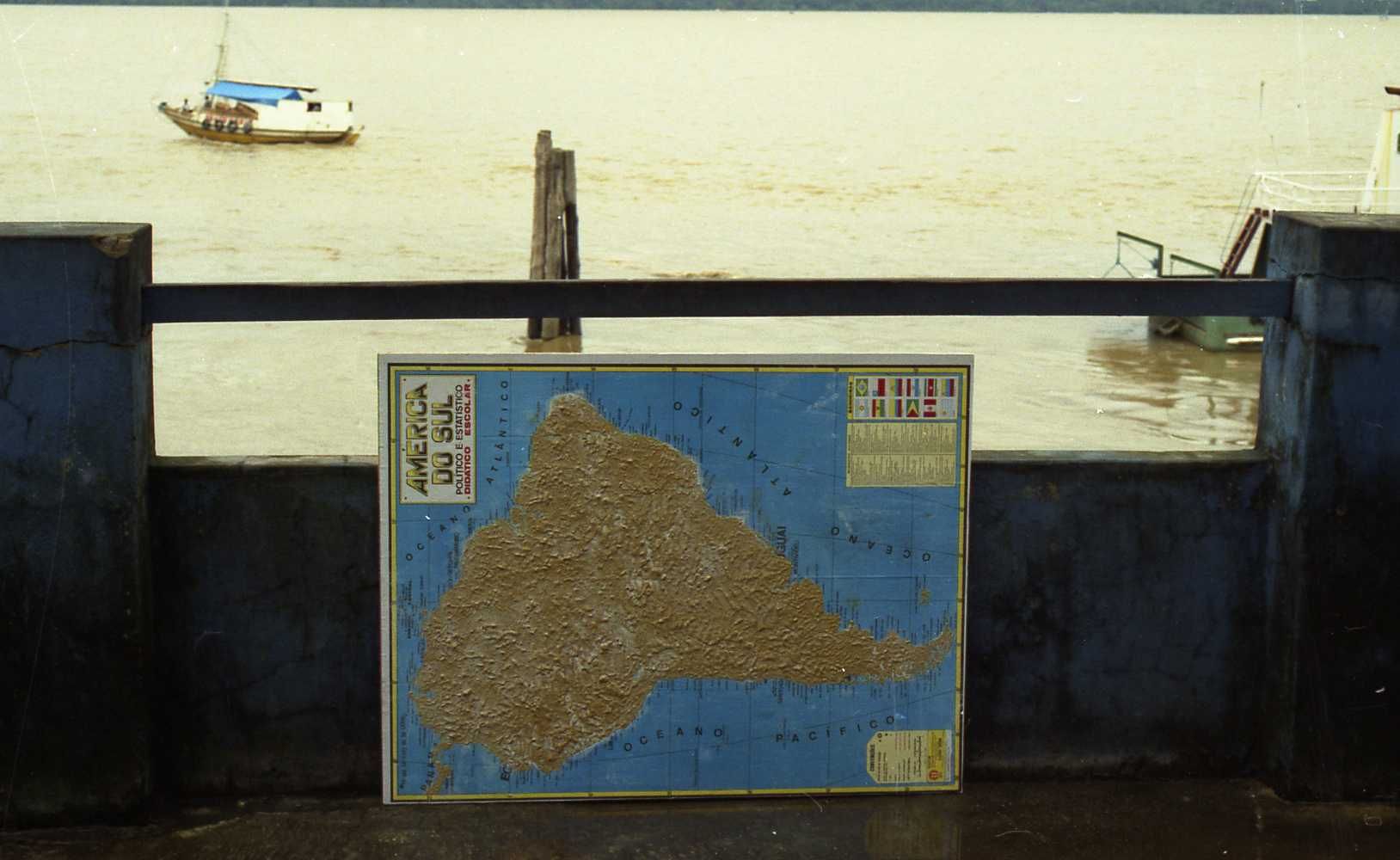 Brasil, Pere Noguera (1992)
Brasil, Pere Noguera (1992)
Finally, at the La Mercè Cultural Centre , Noguera recovers an installation from the eighties, reinterpreting Mar Cel Riu Daró. Homage to Marcel Duchamp, in the toilets of the patio. In parallel with this set of exhibitions, the edition of the book Atlas is being prepared. Pere Noguera, a publication that is part of the Atlas del Bòlit collection, dedicated to highlighting long artistic trajectories. This collection avoids the traditional catalogue format and understands the book as a work in itself, a kind of open document that works under a logic of anarchive, rather than a reasoned archive. In this case, the publication has the participation of the artist Bernat Daviu as a guest editor, who brings a new and personal perspective to the material as a whole.
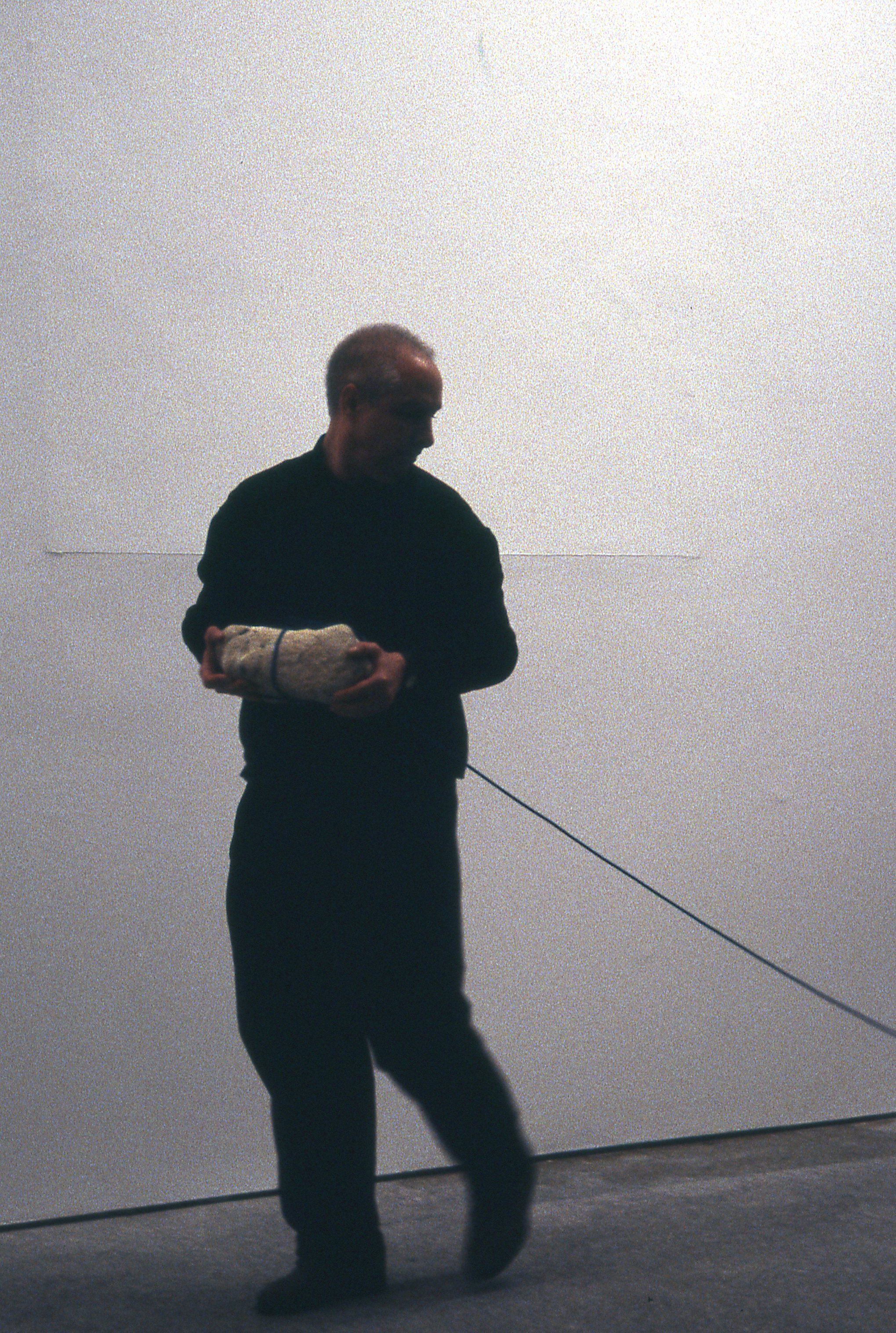 364 segons, Pere Noguera (1994)
364 segons, Pere Noguera (1994)


